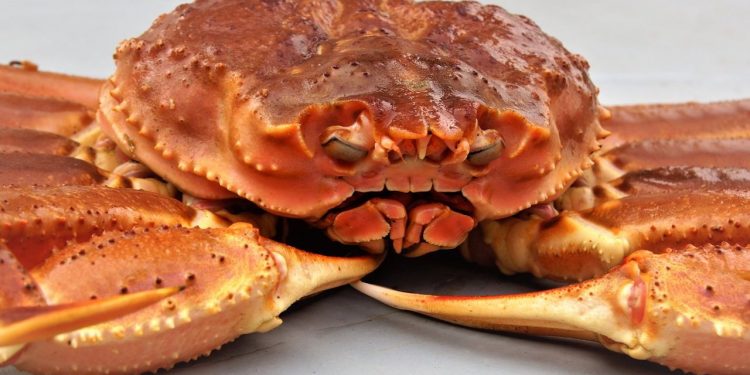Researchers Norway’s Institute of Marine Research have advised a hefty increase of 2500 tonnes to the snow crab quota, with quota advice of 10,300 tonnes. The quota for this year was 7790 tonnes and next year’s quota will be set by the Ministry of Trade and Fisheries later this month.
Since 2018, the Institute has carried out annual surveys to map the distribution of snow crab on the Norwegian continental shelf. The stock is largest in the areas around the Central Bank, in the middle of the Barents Sea, where commercial fishing on the Norwegian continental shelf also takes place.
‘It is expected that the snow crab will continue to spread and that the population will increase both west and north, but how fast it will go is uncertain,’ said researcher and stock manager for snow crab Ann Merete Hjelset.
Last year the institute recommended extending the conservation period, from 1st July until the end of the year and this advice is also maintained for 2024. Snow crab grow by shedding their shells, after which they have a softer shell for some time and less meat. The stock is particularly vulnerable to fishing during this period.
‘The introduction of the conservation period is a means of protecting vulnerable crabs during the period in which they must need to put on weight after the shell change. This ensures good quality catches when fishing is in progress,’ Ann Merete Hjelset said.
In addition, the Institute of Marine research proposes a requirement for traps to be fitted with escape opening that are closed using biodegradeable material. If gear is lost at sea, this will rot away and allow any animals caught to escape.
Image: Odd-Børre Humborstad / Institute of Marine Research









